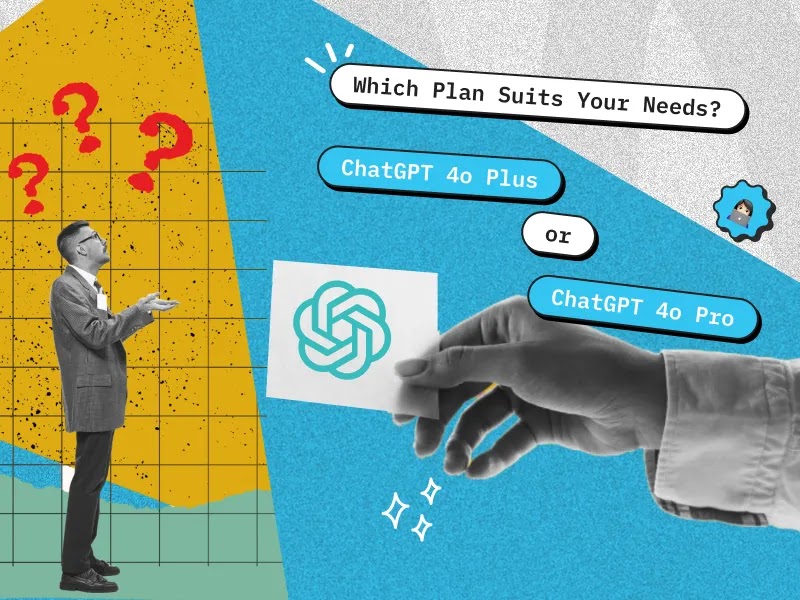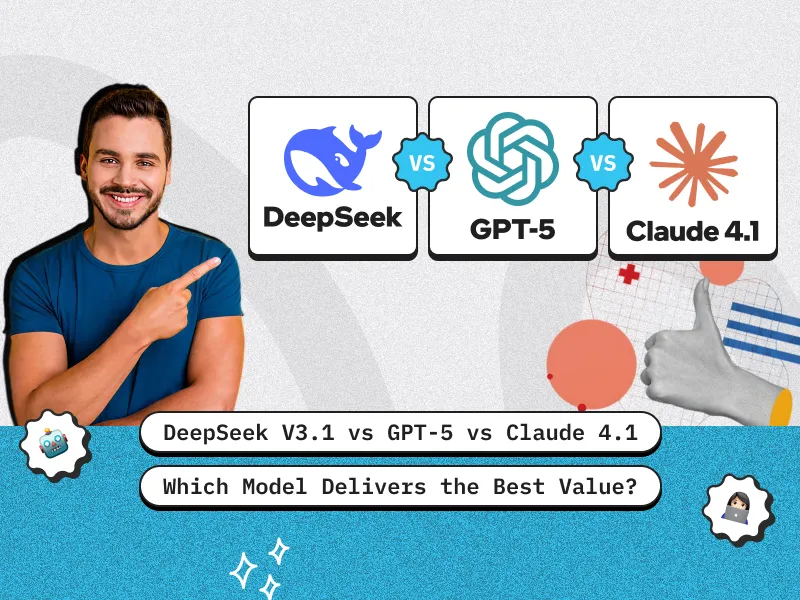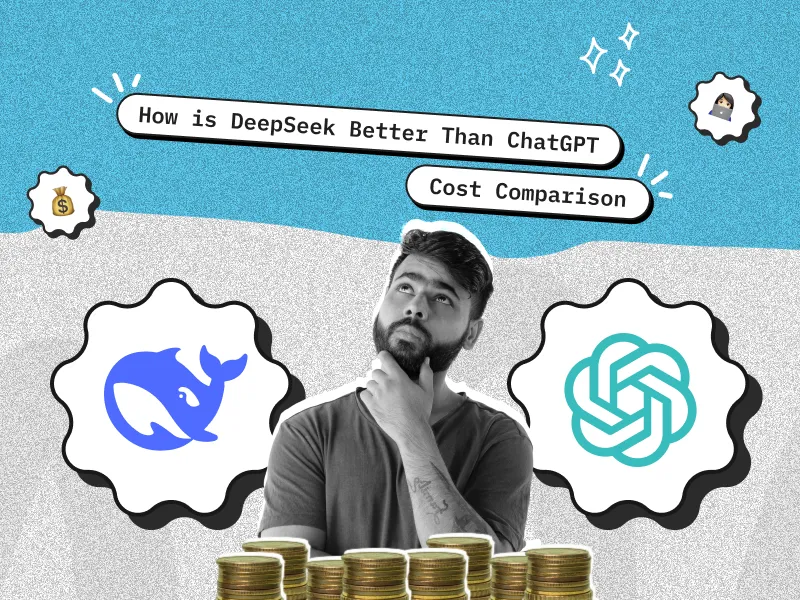TL;DR
- Generative AI applications create new content, designs, code, and synthetic data, enabling businesses to go beyond traditional AI capabilities. Learn which of the following is a generative AI application and how they are transforming industries.
- Industries like healthcare, retail, gaming, finance, and software are using generative AI business applications 2026 to accelerate innovation and reduce operational costs.
- Common use cases include AI-powered content generation, product prototyping, drug discovery, virtual assistants, and video production.
- These applications help businesses achieve faster time-to-market, mass personalization, and improved customer engagement.
- Common applications of Generative AI include AI-powered content generation, product prototyping, drug discovery, virtual assistants, and video production.
- These Generative AI business applications help companies achieve faster time-to-market, mass personalization, and improved customer engagement.
- Choosing the right Generative AI application and integrating it strategically is essential for unlocking business value in 2026 and beyond. Understanding what are the main applications of generative AI in different industries can help businesses maximize ROI.
Introduction
Generative AI has evolved from a futuristic concept into a technology that powers real-world business innovation. In 2026, forward-looking companies are adopting Generative AI applications to reduce costs, accelerate product development, and create entirely new customer experiences.
However, to truly unlock the potential of these technologies, it is essential to collaborate with a trusted Generative AI Development Company that understands cutting-edge Gen AI applications across domains. Such a partner brings not only technical expertise but also deep industry knowledge, ensuring that AI solutions are designed to align with your unique business objectives and integrate seamlessly with your existing systems. This comprehensive guide explores the top 10 Generative AI applications making the biggest impact — with specific examples, business benefits, and actionable insights.
What are Generative AI Applications?
Generative AI apps are software systems powered by machine learning models that create new content—such as text, images, code, audio, or video—based on input data or prompts. Unlike traditional AI, which focuses on classification or prediction, generative AI is designed to produce novel outputs that mimic human creativity. These applications are widely used across industries for content creation, product design, virtual assistance, drug discovery, and more—unlocking automation, personalization, and faster innovation at scale.
Build Generative AI Applications Today
Explore how Creole Studios helps businesses turn GenAI ideas into powerful applications that boost productivity and ROI across industries.

Top 10 Generative AI Applications for Business Innovation
These top generative ai apps are driving efficiency and competitive advantage across industries. Explore how organizations are leveraging applications of generative AI and emerging Gen AI tools to unlock new possibilities in 2026.
1. AI for Content Creation at Scale
One of the most widespread Generative AI applications is long-form content generation. Tools like Bloggr AI now produce white papers, manuals, reports, and blogs with depth and structure that rivals human writers — and do it in a fraction of the time. These systems can also tailor tone and style for different audiences, supporting localization, compliance, and brand voice guidelines seamlessly.
How businesses use this:
- SaaS companies generate release notes, help center content, and API docs.
- Consulting firms produce tailored client reports with AI-assisted drafting.
- Publishers speed up production of market analyses and summaries.
Outcomes:
- Reduce time-to-publish by 60%
- Scale high-quality content with smaller teams
- Ensure consistency across global markets
2. AI-Driven Product and Industrial Design
This Generative AI application enables engineers to automatically generate optimized product designs that meet precise functional requirements, such as strength-to-weight ratios or cost constraints. What once required multiple manual iterations can now be achieved in hours, allowing teams to explore far more design variations than was previously practical — and identify the best solution faster.
How businesses use this:
- Aerospace firms create lighter, stronger components.
- Automotive manufacturers reduce materials while meeting safety standards.
- Consumer electronics brands prototype cases and parts rapidly.
Outcomes:
- Accelerate design cycles
- Lower material usage and production costs
- Explore innovative shapes beyond human imagination
3. AI-Powered Code Generation
Code generation is a game-changing Generative AI application that helps developers produce entire functions, tests, and documentation based on natural language instructions or code context. This capability not only accelerates time-to-market but also helps maintain coding standards across large, distributed teams while reducing repetitive boilerplate work. This is one of the fastest-growing Generative AI applications in the software industry, enabling developers to streamline productivity and minimize errors.
How businesses use this:
- Fintechs automate dashboards and reporting tools.
- Retailers enhance e-commerce platforms with AI-written modules.
- Enterprises create internal tools with minimal engineering effort.
Outcomes:
- Speed up software development
- Reduce repetitive tasks
- Improve code consistency
4. AI in Drug Discovery
A breakthrough Generative AI application in life sciences is molecule and protein generation for drug discovery. By designing novel compounds that meet target profiles, AI helps pharma companies identify candidates in silico before expensive lab testing. This shortens the timeline for developing treatments and increases the likelihood of finding viable options for complex or rare conditions.
How businesses use this:
- Identify potential drugs faster.
- Predict toxicity and efficacy before lab synthesis.
- Explore treatments for rare diseases economically.
Outcomes:
- Shorten discovery timelines
- Reduce lab costs
- Improve chances of clinical success
5. Conversational AI for Customer Journeys
Conversational systems represent a highly valuable Generative AI application, enabling businesses to offer natural, contextual support that handles complex, multi-step workflows. Unlike basic chatbots, these AI agents can process bookings, manage claims, or guide users through forms — and continuously learn from new interactions to improve accuracy. Unlike basic chatbots, these advanced Generative AI apps enable multi-step task handling and natural interaction flows.
How businesses use this:
- Banks process loan applications via AI chat.
- Airlines manage bookings and rebookings through virtual assistants.
- Insurers enable AI-driven claims filing.
Outcomes:
- Cut support costs by up to 70%
- Provide 24/7 multilingual assistance
- Increase customer satisfaction
6. Generative AI for Video Content Creation
This fast-growing Generative AI application allows brands to produce high-quality video content for ads, tutorials, or product demos from simple prompts. It dramatically reduces production time and cost while enabling hyper-personalization at scale — creating videos that speak directly to regional audiences or customer segments.
How businesses use this:
- E-commerce brands create personalized product videos.
- EdTech companies generate explainer videos on demand.
- Marketing teams produce region-specific ads at scale.
Outcomes:
- Lower production costs
- Speed up campaign creation
- Enable hyper-personalization
7. AI for Fashion Design and Virtual Try-On
An innovative Generative AI application in retail is its use in fashion design and e-commerce. AI systems generate new clothing designs, predict trends, and create realistic virtual try-ons, helping brands reduce time-to-market and provide engaging, personalized shopping experiences that improve conversions and reduce returns. This is one of the more innovative applications of Generative AI in eCommerce, helping bridge the physical-digital shopping experience.
How businesses use this:
- Retailers create rapid design mockups.
- E-commerce sites offer AI-driven virtual try-ons.
- Luxury brands develop exclusive AI-assisted designs.
Outcomes:
- Reduce sampling and prototyping cost
- Boost online conversion rates
- Lower return rates
Also Read: Top Generative AI Tools in 2026
8. Music and Sound Generation
A creative Generative AI application is audio production, where AI tools compose original tracks, sound effects, or dynamic scores. This enables businesses to create affordable, royalty-free audio tailored to their brand identity — whether it’s a custom jingle, adaptive game music, or unique soundscapes for retail environments.
How businesses use this:
- Games produce dynamic soundtracks.
- Fitness apps create personalized playlists.
- Retailers develop custom in-store audio branding.
Outcomes:
- Eliminate licensing fees
- Speed up production
- Enable real-time adaptive audio
9. Synthetic Data for AI Training
Synthetic data generation is a critical Generative AI application for industries where real data is scarce, expensive, or sensitive. AI generates datasets that mimic real-world patterns without exposing private information, making it possible to train powerful models in areas like healthcare, finance, and autonomous driving.
How businesses use this:
- Healthcare AI teams train models without using actual patient data.
- Banks generate synthetic transactions for fraud model testing.
- Auto companies simulate rare driving scenarios.
Outcomes:
- Enable privacy-safe AI development
- Improve model robustness
- Lower cost of data acquisition
10. Procedural World Building for Games and VR
Game and VR studios use this Generative AI application to dynamically create expansive virtual environments, characters, and storylines. This lowers asset creation costs and supports richer, more immersive player experiences — with AI enabling endless variations and adaptive scenarios tailored to individual users. This represents one of the most creative Generative AI applications, helping gaming and VR companies scale faster while cutting asset costs.
How businesses use this:
- Studios build massive, explorable environments.
- VR companies create adaptive training simulations.
- Indie developers generate rich assets quickly.
Outcomes:
- Reduce manual asset creation costs
- Enable infinite gameplay variety
- Enhance immersion
Custom Generative AI Apps for Your Business
From AI-driven design tools to scalable virtual assistants, we build Generative AI applications tailored to your industry needs.

Conclusion
The top Generative AI applications we explored are no longer experimental technologies — they are proven tools that businesses across industries are using to drive innovation, improve efficiency, and gain a competitive edge. Whether it’s accelerating product design, enhancing customer experiences, or creating new revenue opportunities, Generative AI is enabling smarter, faster, and more creative solutions.
For businesses looking to stay ahead in 2026 and beyond, adopting the right Generative AI application is not just an advantage — it’s a necessity. The key lies in selecting technologies that align with your strategic goals and integrating them thoughtfully into your operations. Many organizations also incorporate digital transformation consulting services to ensure these AI applications are seamlessly woven into existing workflows and long-term modernization plans.
If you are ready to explore how custom Generative AI applications can transform your business, Creole Studios offers comprehensive Generative AI Development Services to help you design, develop, and deploy solutions tailored to your specific needs. Now is the time to harness the power of Generative AI for meaningful impact.
FAQs
What are examples of Generative AI applications?
Some examples of what are generative AI applications include content generation, AI-assisted product design, drug discovery, video creation, and virtual assistants.
Which are the most popular AI tools in 2026?
The most popular AI tools in 2026 include OpenAI’s GPT-4, Claude, Synthesia, Runway ML, and GitHub Copilot — all of which power various Gen AI applications.
Which industries use Generative AI applications the most?
Which of the following is generative ai application can be seen across healthcare, retail, marketing, software development, gaming, and finance to drive innovation.
How is a Generative AI application different from traditional AI?
Unlike traditional AI, a Generative AI application focuses on creating new content or data instead of just classifying or predicting based on existing data.
Are Generative AI applications suitable for small businesses?
Yes, Generative AI applications can be scaled for small businesses, enabling affordable automation of content, design, and marketing tasks.
What should I consider before adopting a Generative AI application?
Consider data quality, integration needs, compliance, and alignment with business goals before adopting a Generative AI application.
How much does it cost to build a Generative AI application?
Costs vary based on complexity, but custom Generative AI applications typically range from a few thousand dollars to large enterprise-level investments.











 30 mins free Consulting
30 mins free Consulting 
 11 min read
11 min read 







 Love we get from the world
Love we get from the world 